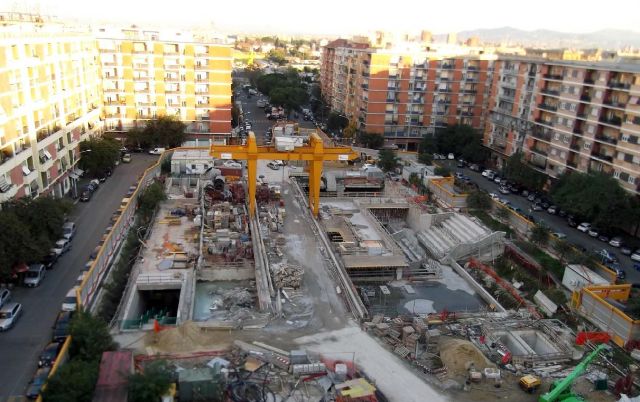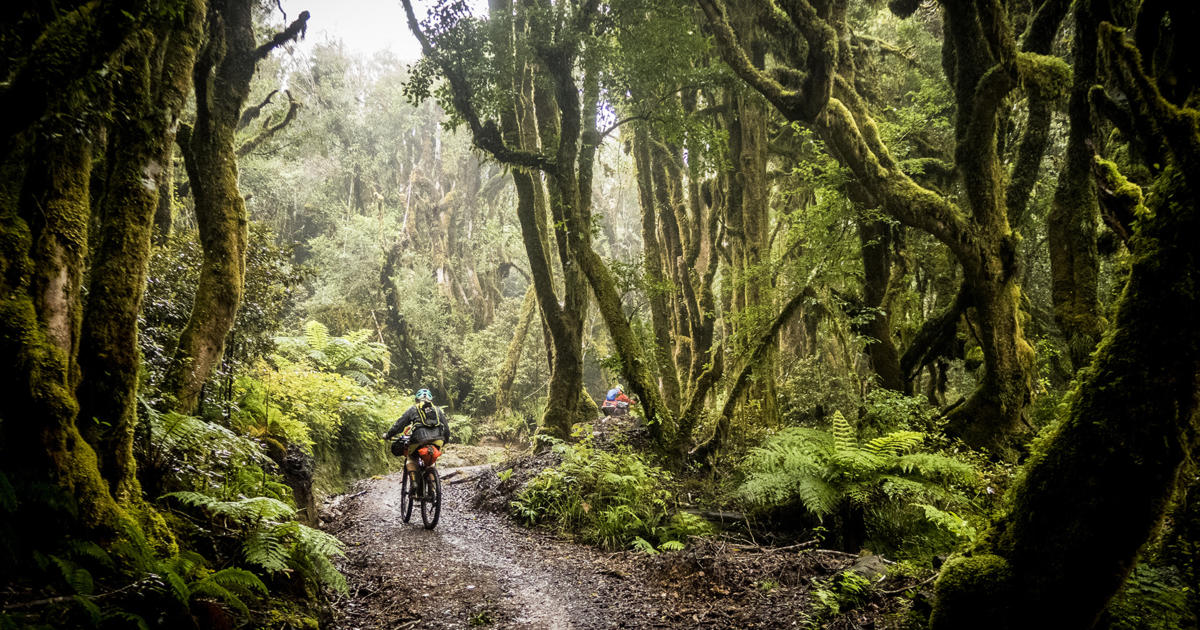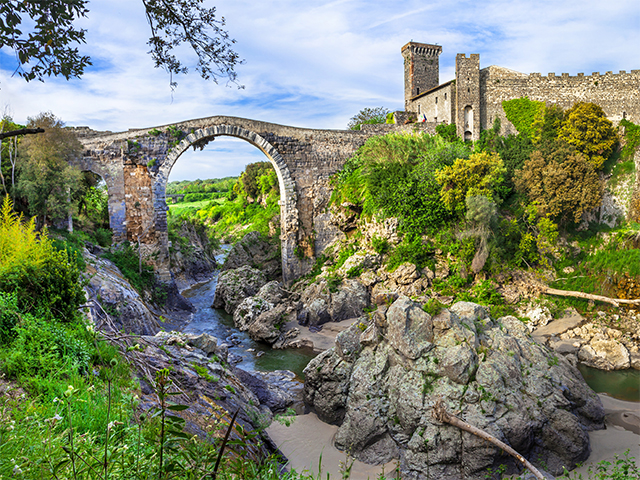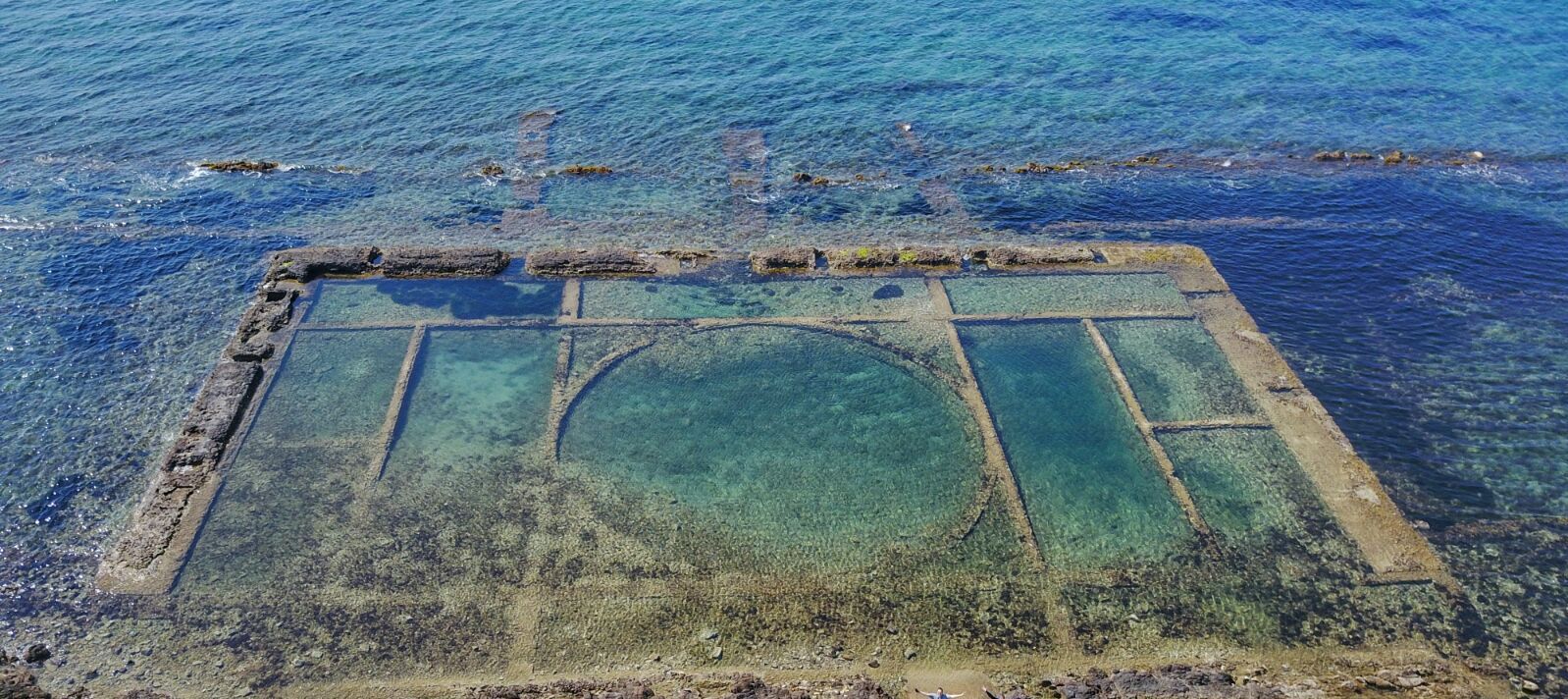A well-preserved Roman cistern recently discovered underground Rome during the excavation works of the new Metro subway line C.
The epicenter of this new discovery, which is the last of several important archeologica founds that Rome had in the last two months is the Metro station of St. John (San Giovanni), the site of the main metro station for the new Metropolitana linea C that runs through the heart of the city. Dominated by the imposing cathedral of St. John which recently allow us to offer spectacular tours of its amazing Roman undergrounds and and with a view of the eternal Roman city walls, the busy piazza was not an unlikely place for another archaeological excavation.
For years now, the frustrated people of modern Rome are struggling with clogged traffic as they await the construction of a new subway line through the heart of the city to be finally completed, the Metro C.
But instead of futuristic and efficient subway system, all they have seen since 2006 are shifting archaeological excavations, adorned with "Metro C-Archeological Investigation" signs that pop up monthly in different areas of the eternal city.
Archeologists Francesca Montella and Simona Morretta, explained that the cistern or tub "was lined with clay and hydraulic malt, in the dimensions known today, it could save more than 4 million liters of water. The huge cistern was added in the 1st century aA.D. in addition to lifting structures and water supply of an agricultural plant active since the third century. B.C.
The basin measured about 35 by 70 meters, equivalent to one quarter of a hectare, the area of one acre. it seems likely that its main function was to supply water to the crops service and compensation tank to cope with the floods of the nearby river. No other reservoir discovered in the Roman has dimensions comparable to the one just found here. "
The basin is larger, in fact, of every natatio and cistern discovered or known so far.
Rome is like a “gigantic Lasagna” as the city today sits on layers and layers of history, the earliest dating back to the Stone Age.
Just over the past 2000 years, Rome has risen about 20 meters, thus preserving many remains.
So underground construction inherently concerns archaeologists as it can destruct valuable remains from history. But underground construction can also be the best opportunity for scientists to make discoveries and do excavations.
The excavation of the new metro station made it possible to push the archaeological research at depths not otherwise reachable by the archeologists. An opportunity to rediscover the history of the area and of the history of man-kind, as it’s been very active in this area of Rome from the late seventh century B.C., when it started to occupy the banks of a stream in the valley, along with a first road layout in clay for chariots.
This time the archaeological investigations were carried out up to over 20 meters deep, isolating 21 different historical stages and detailing, for each, natural events, and levels of human organization.
The historical information in the area of San Giovanni were very scarce; moreover, the area has undergone transformations that hide under feet of sand, mood and stones and republican structures and existing imperial until the end of the third century, when the construction of the Aurelian Walls before, and the urbanization of the twentieth century, leading to the final obliteration of each volume.
Archaeology, however has always been the enemy of modern public works.
Subway construction is expensive and involves much digging, as does archaeology so both go hand in hand for this.
But time is money, so the agendas of archaeologists and subway builders are often contradictory. Archaeologists have two concerns: Firstly, preventing the accidental destruction of valuable information and objects from the past, and secondly, utilizing the opportunity to do research and excavation while the ground is opened up anyways.
Archaeological examination, manual digging, careful conservation and documentation can be extremely time consuming, while the subway builders want to proceed quickly because it subway construction involves lots of staff, time-sensitive procedures like ground water pumping, or the use of expensive tunnel boring machines, etc.
Already a couple of the originally planned stops in downtown Rome, the heart of ancient Republican Rome, had to be scratched completely and changed because the importance of the ruins laying underground.
The new Metro C line will run east to west through the very heart of what used to be ancient Rome, and while the actual tunnels for the Metro are not a problem -- they will be dug 30 meters (100 feet) down, well beneath any archaeological treasures -- the stations, exits and air ducts present major problems in many locations. Archeologists are trying to pinpoint the areas on downtown thoroughfares and squares where the least damage will be done, but those unexpected discoveries can cause delays and huge impacts on building costs when construction plans have to be reconsidered while Someone has to decide whether a find has to be be removed, destroyed or encased within the subway's structures. To prevent this, subway tunnels might be built deeply underneath the historical layers and we hope they will make of the new Metro station of San Giovanni an amazing archeological site to be enjoyed by anyone of the modern and future times.
Should you wish to see the underground worlds that lies beneath Rome, we could included it in your private tour to make it even more special.







